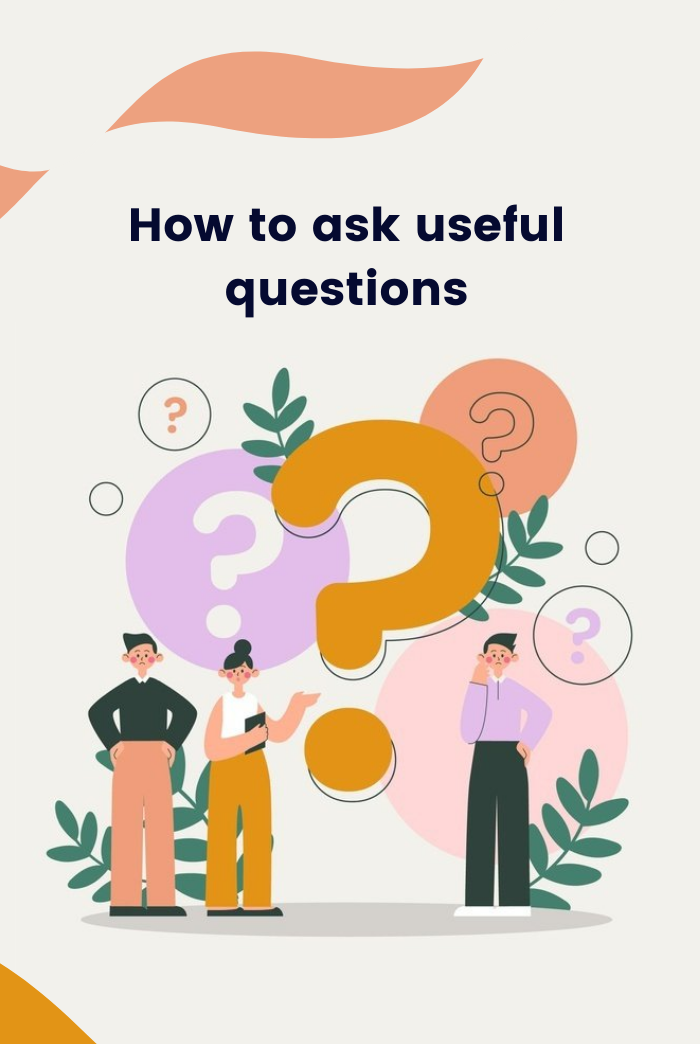How to ask useful questions

Parent Post
Asking useful questions is
Asking useful questions is a skill, and it requires practice.
Inexperienced or naive questions make a few critical mistakes:
- They don’t include the context necessary for the recipient to answer the question.
- They don’t respect the recipient’s time, energy, attention, or competing demands.
- They implicitly transfer the responsibility for the result from the questioner to the recipient.
Amateur questions might go
Amateur questions might go unanswered due to Friction – answering them would take too much effort, so the recipient doesn’t bother.
If you want useful answers, learn to ask better questions. In most cases, you’ll need to tailor the form of the question to the type of information you’re seeking.
Here’s how you can go about it.
Ask for agreementKey to
Ask for agreement
Key to asking for agreement
- Spell out the decision in as much detail as possible.
- “Agreed?” leaves room for recipients to voice disagreement.
- “I’ll get started right away” adds useful urgency and clears any changes that need to be made.
For example, “Based on our previous conversation about X, we decided Y is the best solution. The next step is Z. Agreed? If so, I’ll get started right away.”
Ask for informationKey to
Ask for information
Key to information-seeking questions
- Be specific about the information you’re looking to obtain.
- Give context by referencing why you’re contacting them and how you found their contact information.
- Make it easy for the recipient to refer you to the best resource as quickly as possible, saving you both time.
For example, “I’m interested in more information about A, and I found you via B. Are you the best person to ask about this?”
Ask for adviceKey to
Ask for advice
Key to asking for a
- Be clear and precise about what you’re trying to achieve.
- Be clear about your priorities, and include any known tradeoffs.
- Make it clear you’re asking for advice or perspective, not for the recipient to decide for you.
- Give the recipient an easy out – you’re asking for a favor, so be polite.
For example, “I’m working on A. My priorities are B and C. I’m considering D, but I’m not sure it’s the best option. If you have a moment, I’d appreciate your thoughts. If not, no worries. Thanks!”
Ask for clarificationKey to
Ask for clarification
Key to clarification questions
- Include a summary of the topic for context.
- “It sounds like…” leaves room for clarification without being confrontational.
- “Is that correct?” (or a close variant) is clear, concise, direct, and polite.
For example, “Based on our conversation about A, it sounds like B is the case. Is that correct?”
Ask for helpKey to
Ask for help
Key to asking for assistance
- Be clear and precise about what you’re trying to do.
- Give context by including what you’ve tried so far.
- “Any guidance?” or “What should I try next?” sets up the recipient as the expert and doesn’t transfer responsibility for the problem.
For example, “I’m trying to A, and I’m having trouble. So far, I’ve tried B with result C and D with result E. Now I’m stuck. Any guidance?”

